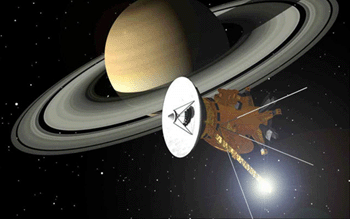Shrimp Prima Donna ♯
Although its origin is debated, Pasta Primavera is widely recognized as one of the signature developments of American cuisine in the 1970s. Literally translated as “Springtime Pasta,” it is a dish that consists of pasta and fresh vegetables. A meat such as shrimp or chicken is sometimes added, but the focus of the dish is vegetables. Almost any kinds of vegetables may be used, but firm, crunchy vegetables with onions, bell peppers, and tomatoes are typical. The sauce ranges from garlic oil with Parmesan cheese to rich, heavier, cream-based versions.
The version given here is one elaborated with shrimp but attenuated in pasta (due to my dietary guidelines). Whereas most primaveras are light flavored, this one is a bold, in-your-face aria of ingredients worthy of a Prima Donna, hence its name.
- 24 large shrimp, shucked, deveined, and halved
- 2 tbsp olive oil
- ½ onion, diced
- 2 stalks celery, diced
- 1/8 red bell pepper, diced
- ½ Poblano chile, diced
- 5 cloves garlic, smashed and diced
- 2 large mushrooms, diced
- 1 carrot, peeled and diced
- ¾ cup dry white wine
- 1 tsp lobster or clam base
- 1 tsp <salt>
- 1 tsp <sugar>
- 4 oz lower G. I. pasta
- 1 tsp lemon juice
- 1 tsp olive oil
- Grated Parmesan-Reggiano Cheese
Prepare the shrimp and set aside.
|
Put the oil and all diced vegetables into a medium-sized sauté pan at medium-high temperature and cook until the onions are soft and translucent. Add the wine, lobster base, <salt> and <sugar> and cook a few minutes until the alcohol has dispersed from the wine. Add the shrimp and continue to cook until the shrimp have turned pink, but are not yet tough.
Meanwhile, cook the pasta according to package directions, drain, add the lemon juice and olive oil, and set aside.
Combine the pasta, shrimp, and vegetables into whichever of the cooking vessels can accommodate the alliance.
Serve immediately, with cheese garnishing each portion. Serves 4.
|
